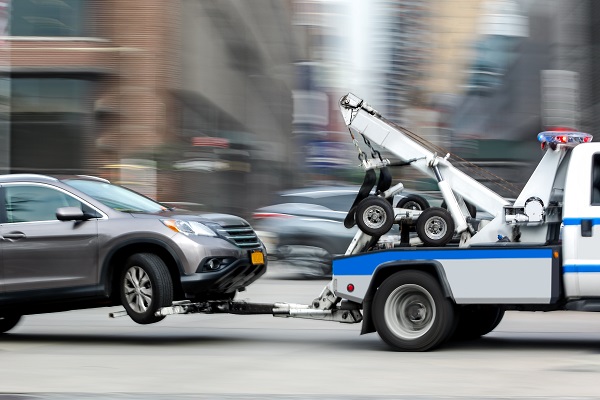When vehicles are legally detained, owners often face confusion about procedures and reclaiming their property.

Impoundment typically occurs due to regulatory violations, unresolved citations, or involvement in incidents. Navigating the recovery process requires awareness of requirements, timelines, and associated costs.
Common Reasons for Vehicle Impoundment
Authorities may detain vehicles for various reasons, including expired registration, illegal parking, or operation without proper documentation. In more serious cases, involvement in accidents or suspected unlawful activities can lead to immediate impoundment. Each jurisdiction maintains specific protocols determining how and when vehicles are secured in designated facilities.
Locating and Verifying Impounded Vehicles
Owners seeking to recover vehicles must first confirm their location through official channels. Providing identification, proof of ownership, and case reference numbers helps expedite the verification process. Many impound lots operate under strict access policies, requiring appointments or specific documentation before release is authorized.
Costs and Financial Considerations
Retrieving an impounded vehicle involves multiple fees, including towing, daily storage, and administrative charges. These expenses accumulate rapidly, making prompt action essential to minimize costs. Some situations may require settling outstanding fines or resolving pending legal matters before the vehicle can be released.
Required Documentation for Recovery
Owners must present valid identification, vehicle registration, and proof of insurance during the recovery process. In cases where the vehicle was involved in incidents, additional paperwork such as incident reports or court clearance may be necessary. Preparing these documents in advance prevents unnecessary delays.
Dispute Resolution and Alternative Options
When impoundment is contested, owners may have avenues to challenge the decision through formal processes. In cases where recovery is not immediate, understanding storage limitations and auction timelines becomes crucial to protect one's interests.
Conclusion
Vehicle impoundment involves multiple steps, from initial detention to final recovery, each with specific requirements. By understanding the reasons behind impoundment, associated costs, and necessary documentation, owners can navigate the process more effectively. Proactive measures and timely responses remain key to successful vehicle retrieval.
